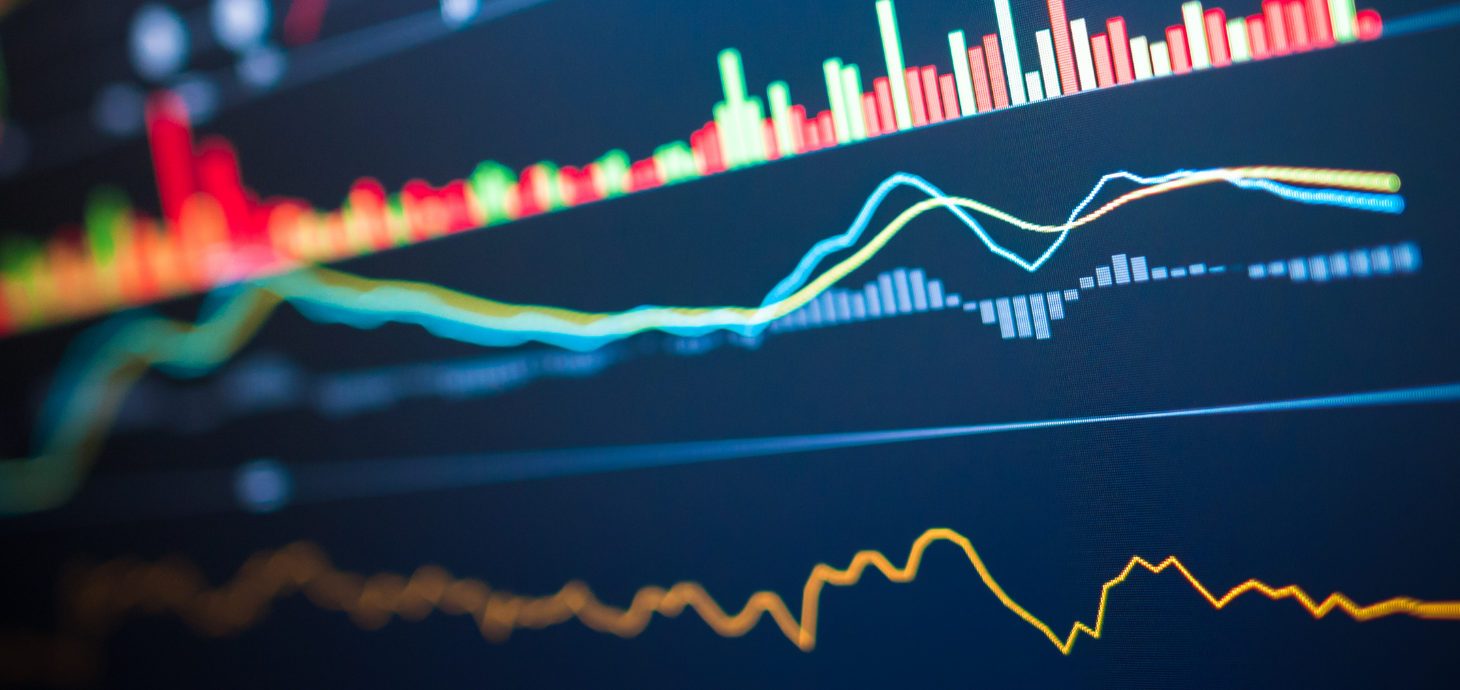Economic Update: Q1 2022

Happy New Year friends! Around here, there are still some Christmas-era baked goods and candies floating around, gifts being used for the first time, and memories of the fun we had celebrating such a wonderful 2021. The cookies and candy are spoken for, but I gladly share the great memories of 2021 with you all because so many of them revolve around you – our clients. Thank you for that.
We enter 2022 with the same major economic themes as late 2021 – inflation, interest rates, COVID, and global effects on our economy. However, all of these topics have seen meaningful changes in the past several months, so we will focus here on what those changes mean and their possible impacts on us all in the new year.
Inflation
The Federal Reserve has finally joined the party and signaled what we have been saying for most of 2021 – the current inflation in the economy is not “transitory,” but rather a real force caused by many factors and here to stay unless we do something about it. Certainly there are some temporary factors playing into this (supply chain disruptions among them), but others will take years to work through (stimulus, labor, etc) and require action now. The Fed has responded by now planning to end its bond-buying program in the next 3 months AND signaling the possibility of interest rate increases in 2022. Our view is that these actions, combined with naturally working through the more temporary pressures, will have a meaningful impact on lowering inflation in 2022. Therefore, we are not advising any specific high-inflation planning or defensive strategies for our clients.
Interest Rates
One direction – Up. And sooner than the Fed originally thought. We expect to see between 1-3 interest rate hikes from the Federal Reserve in 2022, likely at 0.25% each. This will impact the “short end” of the interest rate curve: short term borrowings (lines of credit and other loans priced based on Prime) will see slightly higher rates each time. LIBOR-based loans are already seeing increases because LIBOR reacts in real time to market forces, so those expectations of higher rates are showing up now. Similarly, 10-year Treasury and mortgage rates have already climbed in response to the Fed’s recent signals. However, this increase at the “long end” of the interest rate curve is likely to moderate at times, even as the Fed increases its short term rates. That may sound strange but various factors cause this. Among them, global supply of money and central bank action in other countries mean that the US long-term rate is not solely dependent on our own Federal Reserve’s actions. The likely environment in 2022 means that our Treasuries and other long-term instruments will be attractive versus other options, which means yields could stay low. The result: slower increases in borrowing rates on most home mortgages and long-term loans following these initial upward moves.
COVID
Another year, another wave with Omicron upon us and others likely to follow. If early data about Omicron proves true, we may see more contagiousness but less severity of sickness as time goes on. This will help us all as we learn to live among the virus and continue to normalize approaches to quarantine/shutdown/vaccines. As such, we expect to see less economic impact from the virus in 2022. To be sure, there will be times of concern and necessary reaction to what COVID presents, but we expect that true economic shocks will be a thing of the past even as new waves occur unless their severity ramps up.
As was the case in most of 2021, we feel that conditions favor continued economic growth, less COVID impact on the broader economy, and positive trends for individuals and businesses, especially in the Southeast US. Each of the factors above affect most of us, and we welcome the chance to discuss what they mean for you and how we can help you plan for a prosperous 2022, which we wish for each of you and your loved ones. Thank you as always for the privilege of serving you.
by Cal Hurst, Chief Banking Officer



.png?sfvrsn=4583b53d_0)
